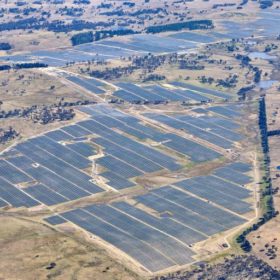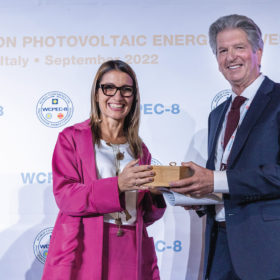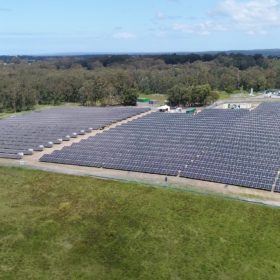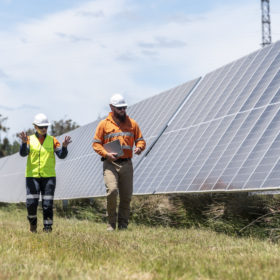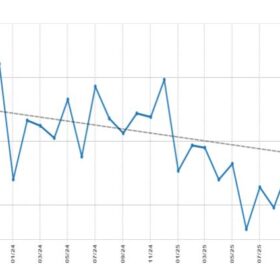Guidelines for First Nations engagement ‘determined to really lift the standard’
The First Nations Clean Energy Network, a group launched in November 2021 to ensure Indigenous communities share in the benefits from renewables, is releasing new guides to help industry and government engage with First Nations communities.
Acciona announces new 1 GW project in Sunshine State
Queensland will be home to what the state government claims will be one of the largest onshore wind projects in the world after Spanish renewable energy giant Acciona Energia announced plans to develop a new 1 GW project in the state’s southwest.
Councils commit to solar-driven renewable energy power plan
Seven New South Wales local councils have united to secure a long-term electricity purchasing agreement utilising the 115 MW Metz Solar Farm which will deliver enough renewable energy to allow the participating councils’ facilities and assets to transition to 100% renewables in a staged approach from January 2023.
Building renewables emits carbon, but building them faster emits far less
A new study by Columbia University’s Climate School looks at the carbon emissions needed to build renewable energy.
Does Australia have the stomach to become a critical minerals superpower?
With the US offering tremendous capital to “friendshore” its renewable supply chains, the cofounder of a major renewables investor, David Scaysbrook, says President Biden’s Inflation Reduction Act could turn Australia into a critical mineral and rare earth powerhouse. “The question is, do we have the stomach for that?” Scaysbrook asks. For Tim Buckley, director of Climate Energy Finance, it’s a matter of the government taking a whole system approach and going early.
Weekend read: A sustainability swan song
Pioneering PV researcher Martin Green has received an abundance of accolades over his 50-year career of fundamental solar research with teams at the University of New South Wales (UNSW). That contribution was further recognised on Sept. 26, when he picked up the WCPEC-8 Award in Milan, Italy. Green spoke with pv magazine about the role of technologies such as PERC cells and his efforts to advance non-toxic thin film semiconductors for the tandem cells of the future.
Energy supply deal to deliver solar projects on NSW South Coast
A trio of New South Wales councils have signed a renewable energy supply deal with energy retailer Flow Power that will underpin the development at least two new solar projects totalling more than 8 MW of PV in the state’s South Coast region.
Taiwanese consortium develops easily recyclable solar module
The Industrial Technology Research Institute (ITRI) and United Renewable Energy (URE) have developed a solar panel that can be easily dismantled to simplify the recycling process. They claim 96% of the materials in the panel can be recovered, including all of the solar cells and front glass.
Mining major makes move towards 100% renewables
Mining major Anglo American has struck a deal with Queensland government-owned energy generator Stanwell to power its Australian operations with 100% renewable energy from 2025 onward as part of a 10-year power supply deal.
Queensland council plots path from coal hub to green superpower
The Gladstone Regional Council has ratified an ambitious roadmap that will be used to help the central Queensland city navigate the transition from traditional coal and gas hub to a green hydrogen and renewable energy superpower.


